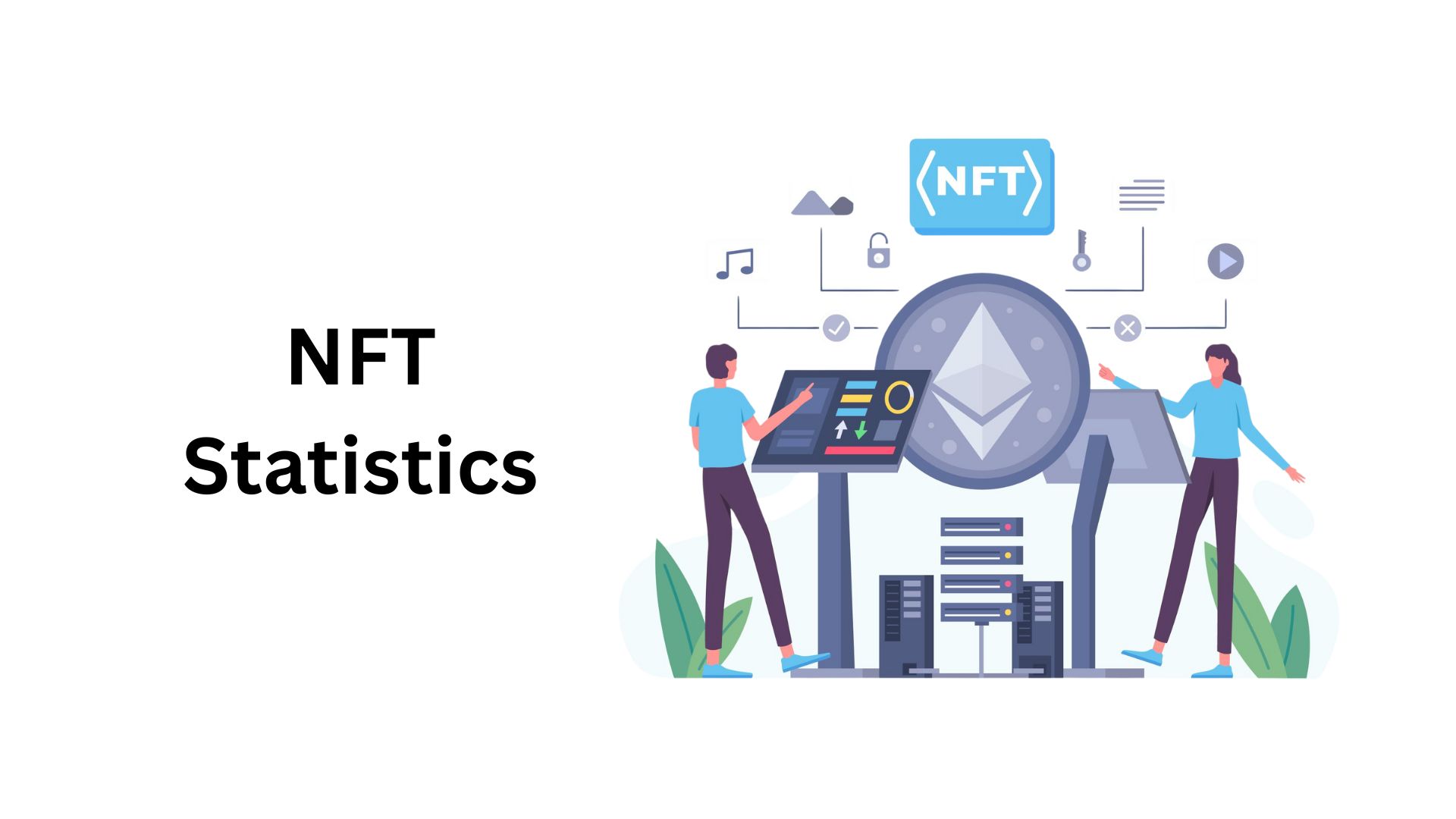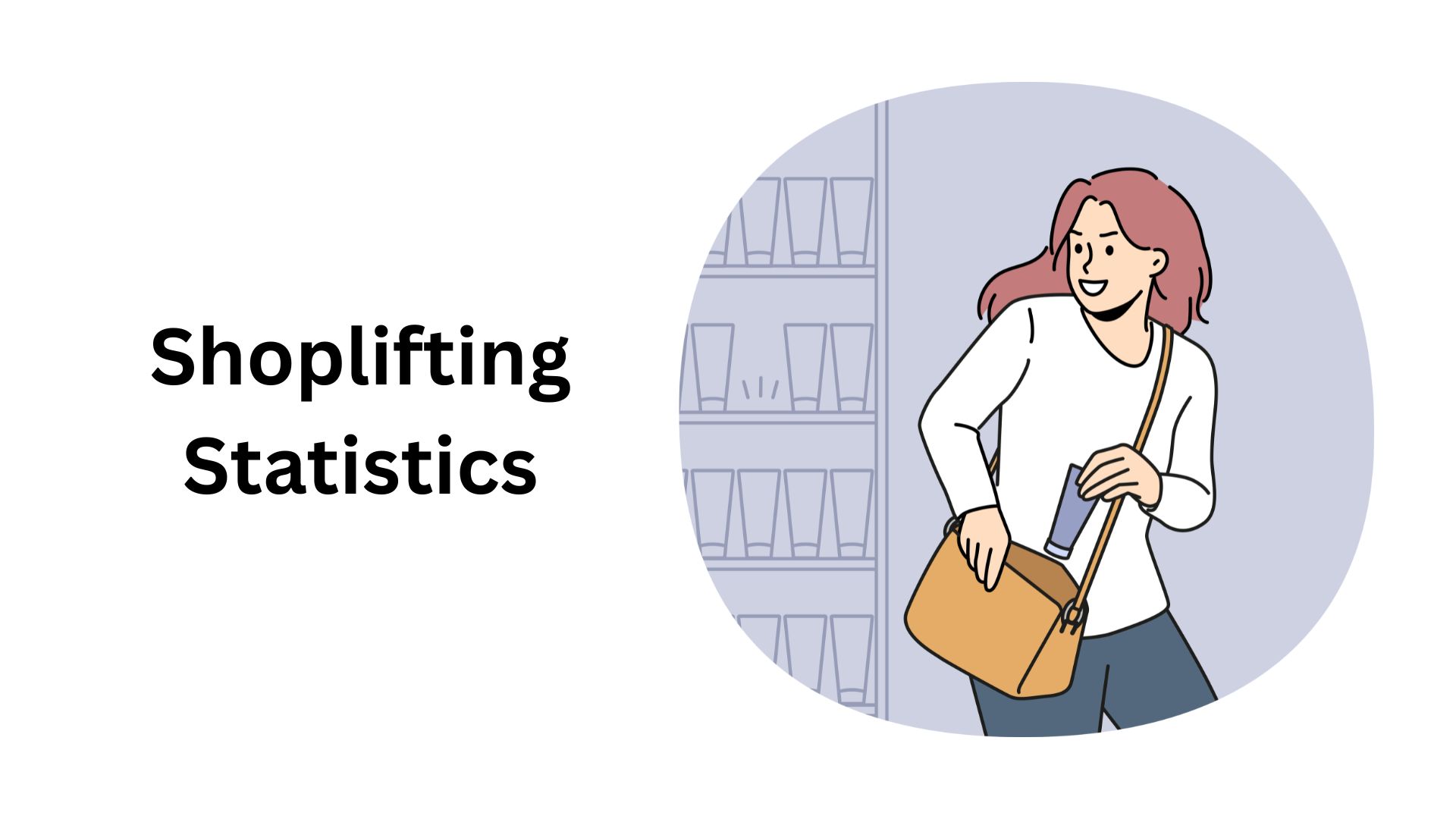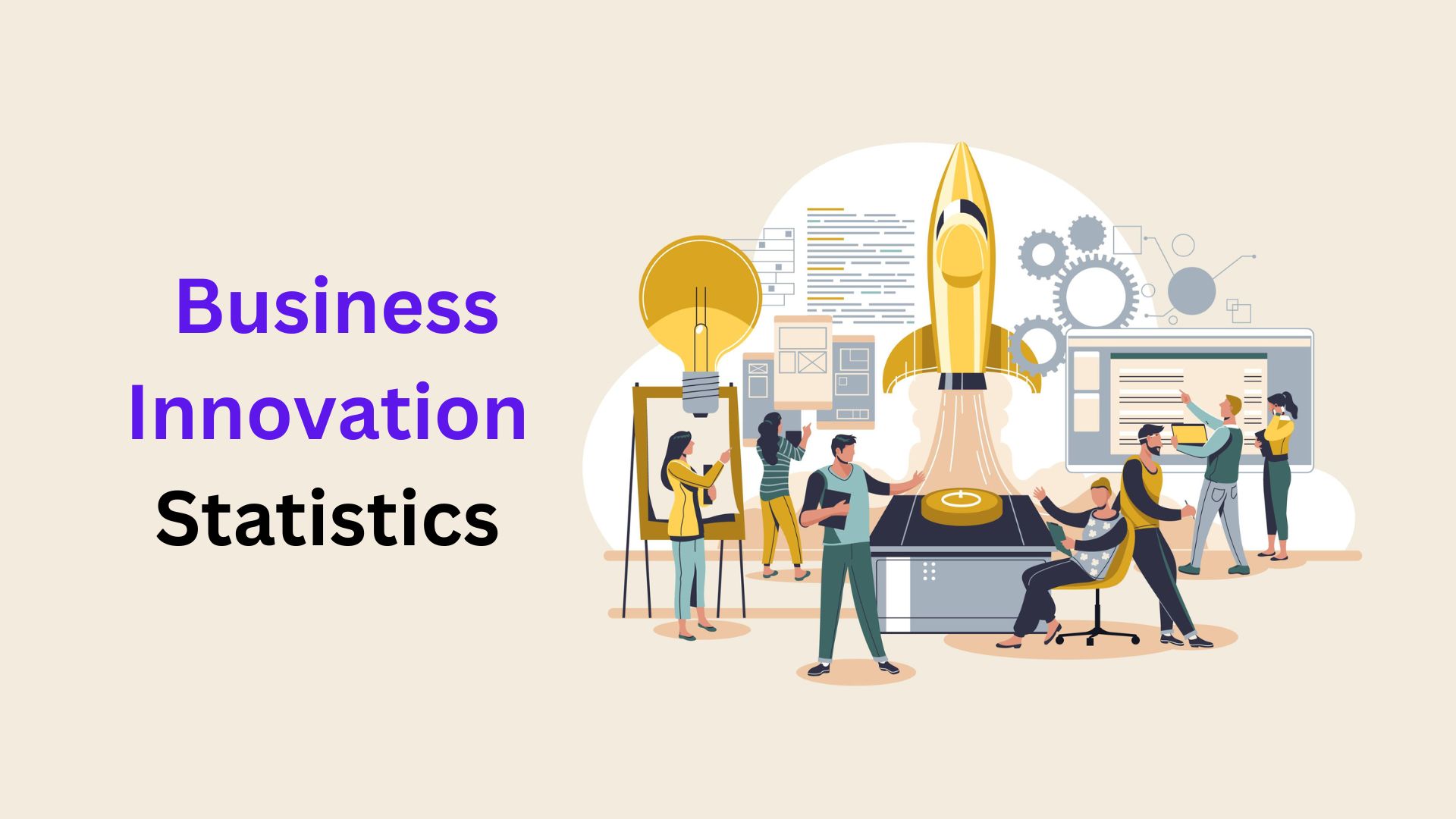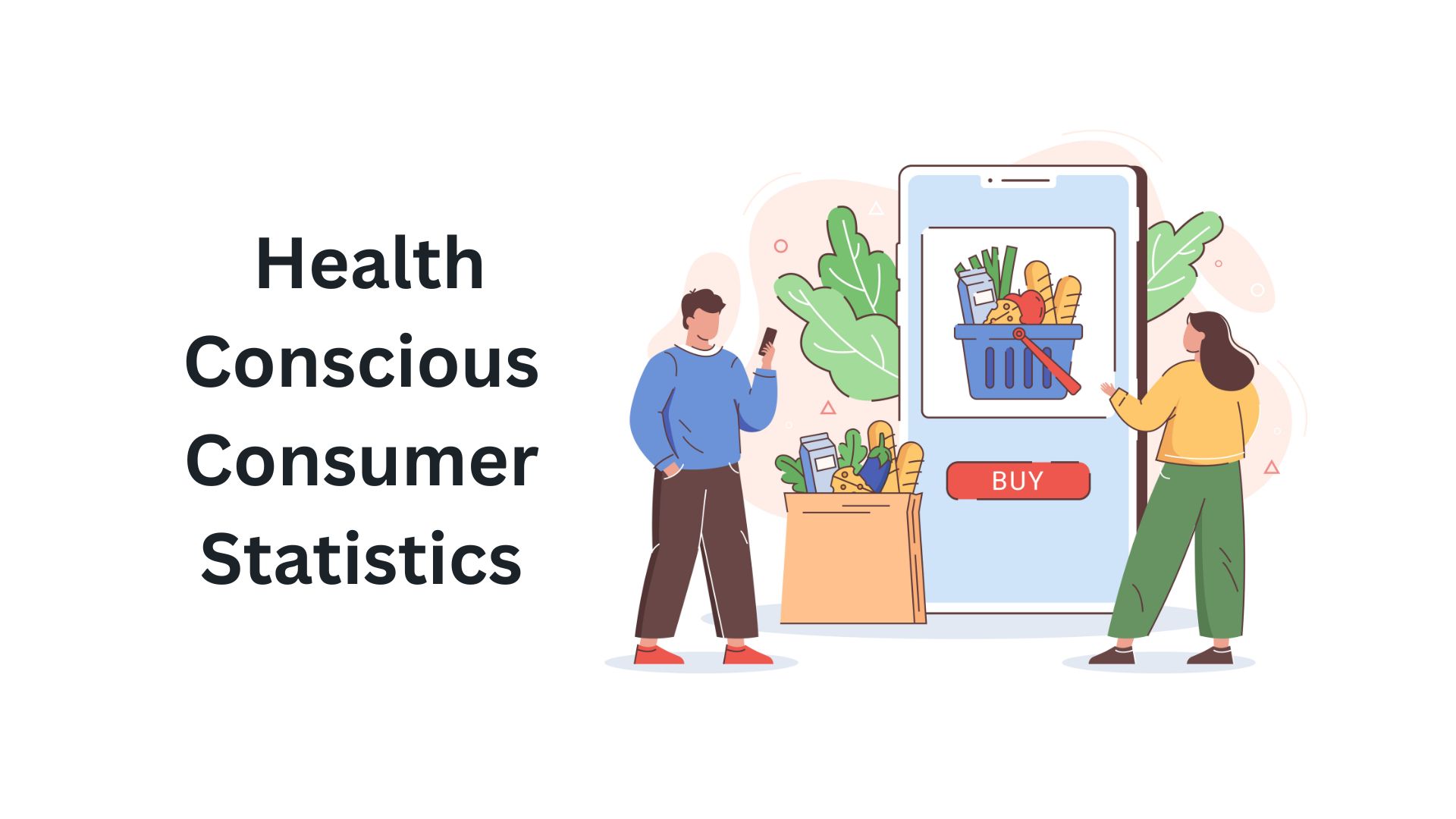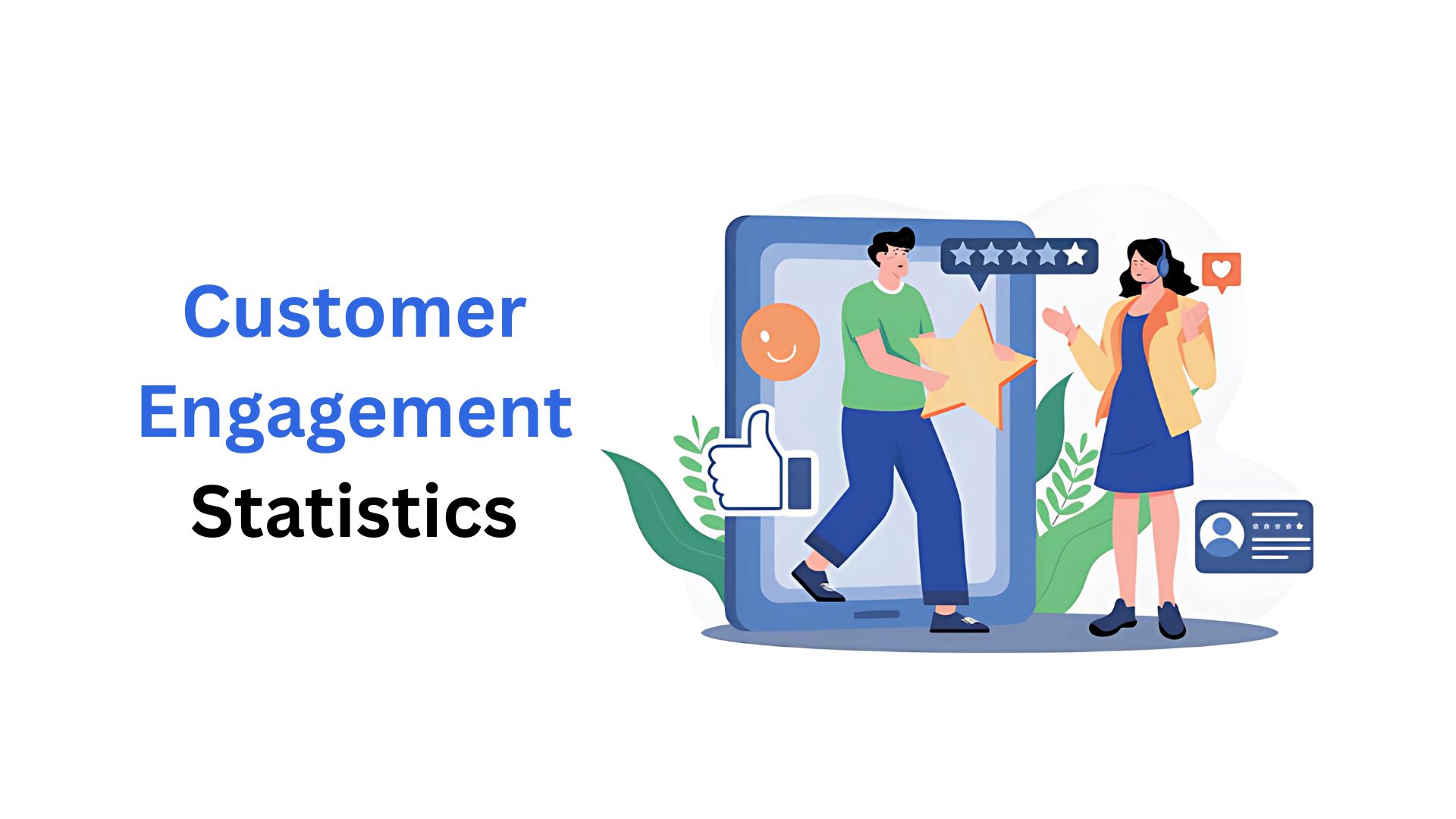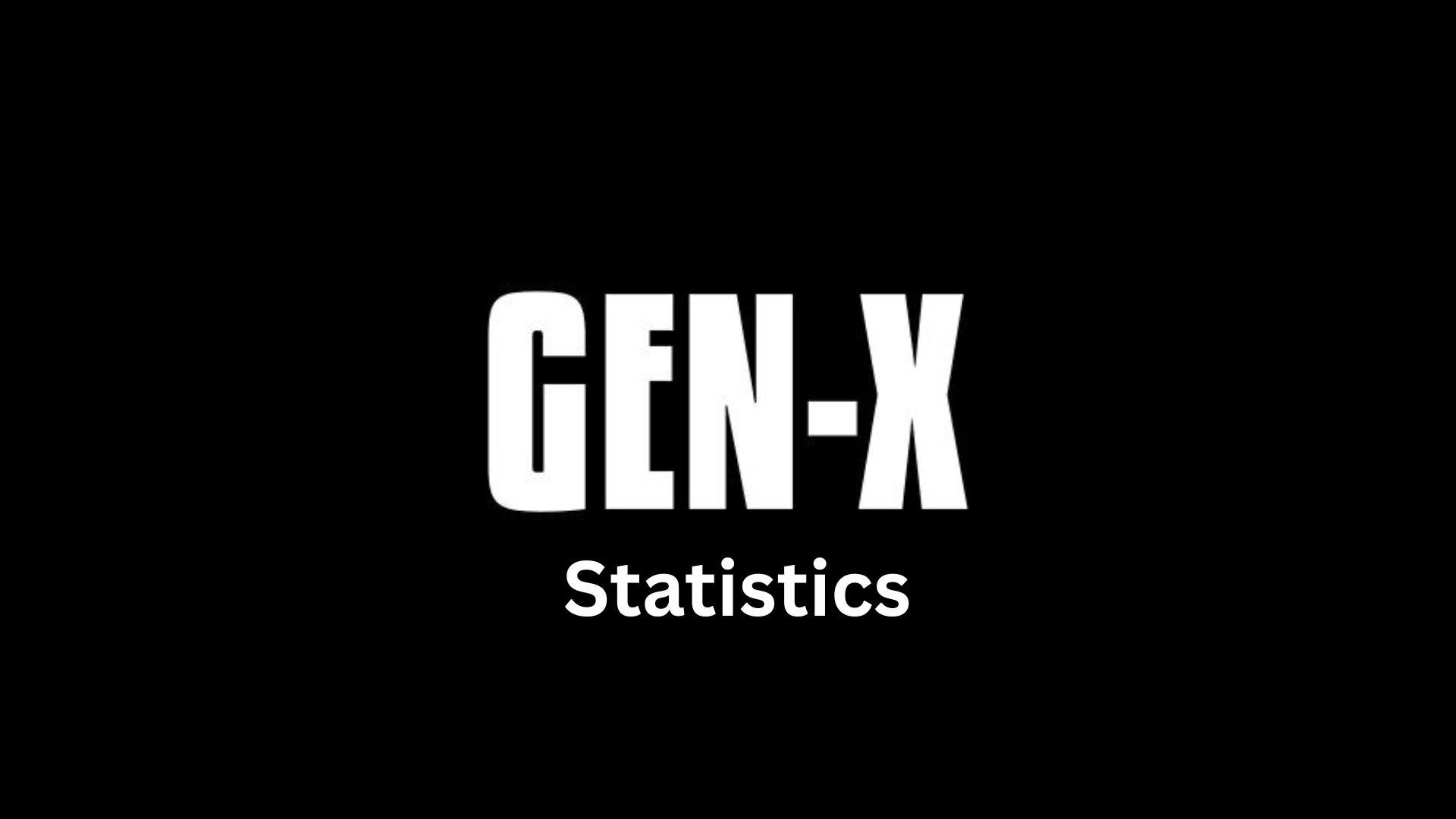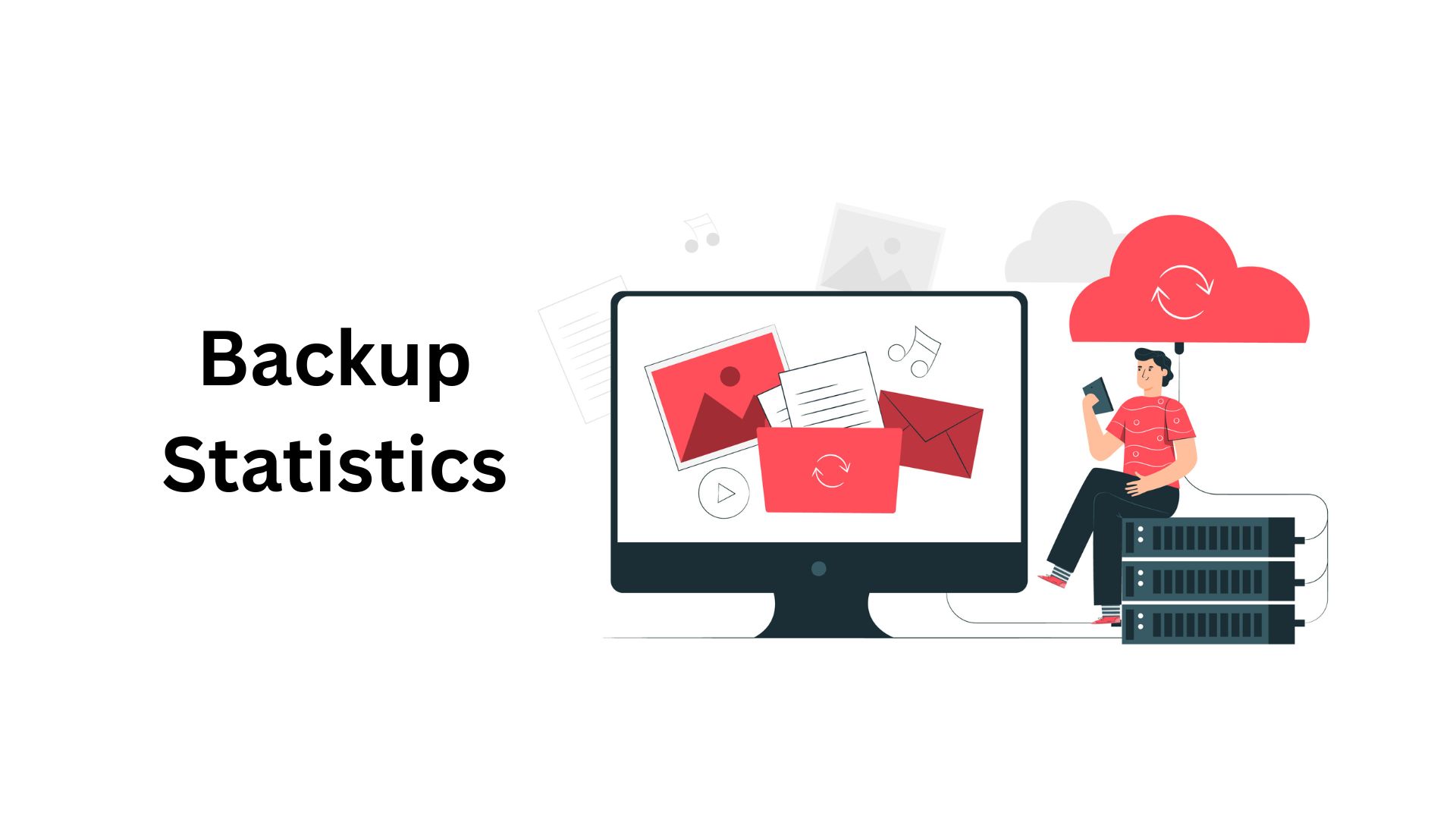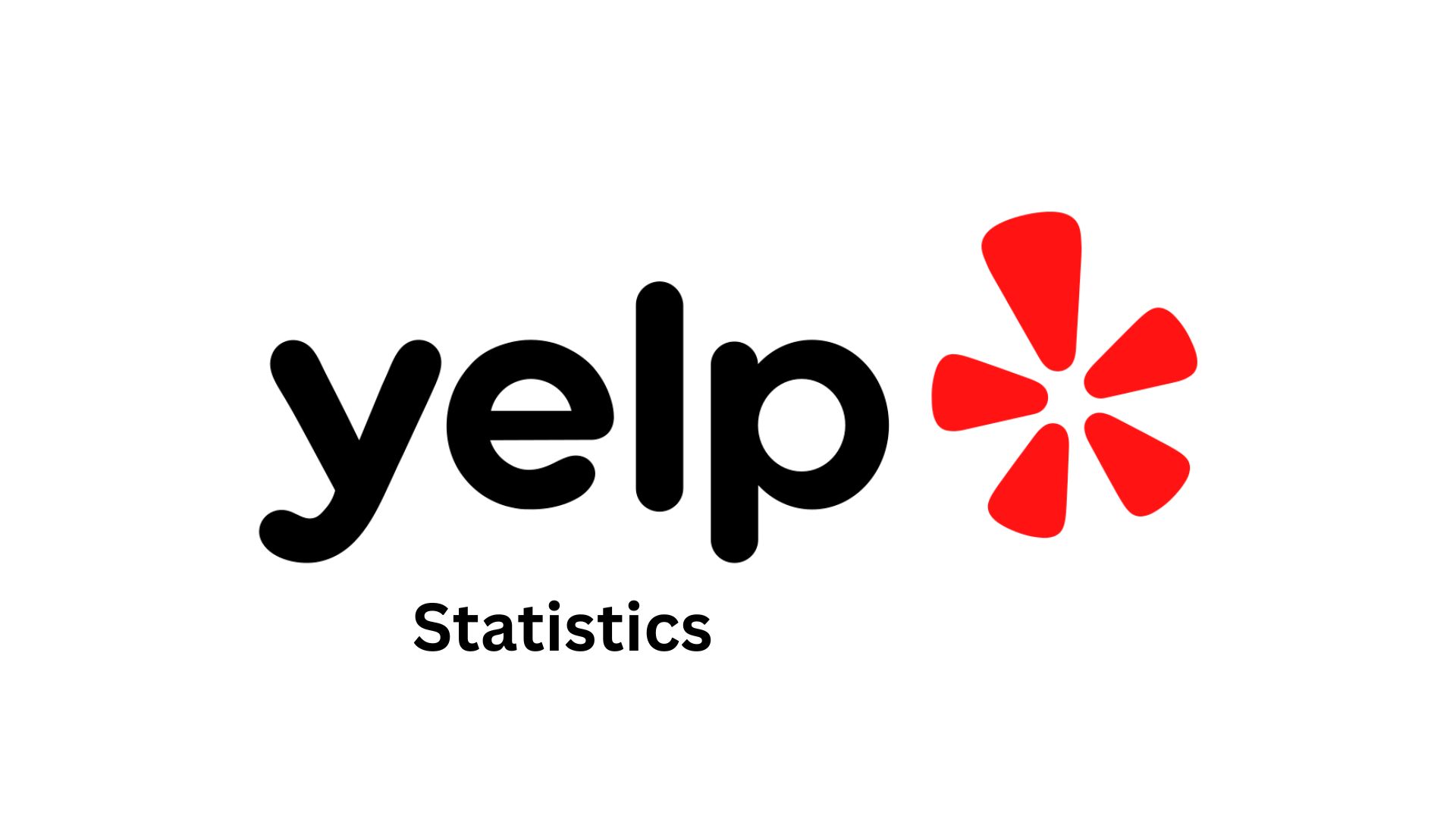Healthcare Chatbots Statistics By Market Size, Industry, Country And Usage
Updated · Feb 12, 2025
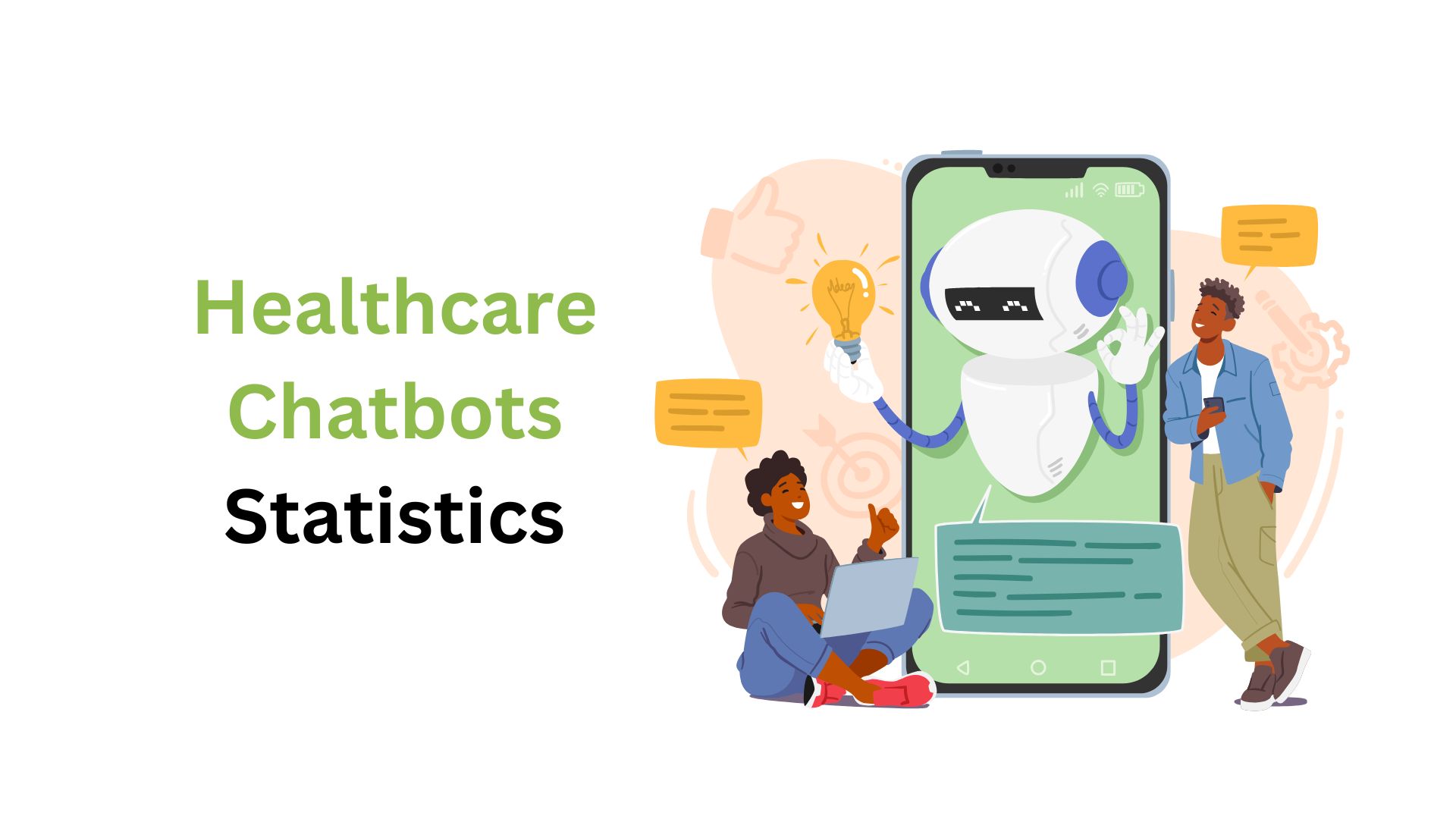
Table of Contents
- Introduction
- What Is A Chatbot?
- Editor’s Choice
- Healthcare Chatbots Market Size
- Healthcare Chatbot Cost And Administration
- Leading Chatbots AI Startups Worldwide
- Chatbots Used By Industry
- Clinical Use Of Chatbots To Manage Treatment By Region
- Clinical Use Of Chatbots To Manage Treatment By Country
- Usage Of Chatbots
- Conclusion
Introduction
Healthcare Chatbots Statistics: Chatbots have been included in the healthcare sector applications in 2025 at an accelerating pace due to AI and natural language processing ability at their learning base. These digital assistants facilitate direct patient engagement by streamlining administrative activities while lending real-time clinical services to the public.
The article highlights key healthcare chatbot statistics on the significant growth, uses, and challenges.
What Is A Chatbot?
A chatbot, indexical to a conversation bot, is artificial intelligence-based software that is meant to imitate a conversation by human beings via audio or text interaction over the internet. Typically, such bots were developed to solve simple queries, give recommendations about products, and provide customer support. The primary advantage is that it reduces both time and cost in manning through staff. However, some very advanced chatbots have come into existence recently, their working modalities being through deep learning over an algorithm for devising responses to very complicated queries.
Editor’s Choice
- According to healthcare chatbot statistics, the healthcare chatbot market value developed from 2023 by US$230.28 million to US$269.38 million in 2024; projections for 2032 are forecasted to reach as high as US$944.65 million.
- AI chatbots in healthcare are expected to grow from US$196 million in 2022 to US$1.2 billion by 2032.
- The price of incorporating a medical chatbot ranges from US$149 up to US$400 a month while developing one from scratch could cost US$15,000 and above US$100,000.
- Healthcare chatbot statistics reveal that as of December 2023, ASAPP was the most funded chatbot AI company, having received US$380 million worth of funding.
- Chatbots are utilized in various industries, with retail having the highest adoption (40%), followed by healthcare (22%), and 21% in utilities.
- By 2031, there will be increased use of chatbots for patient treatment as 48% of clinicians in Europe and 42% in North America expect an increase in chatbots for patient treatment, while South America and the Asia Pacific have higher expectations at 53%.
- According to healthcare chatbot statistics, the complete statutory confidence regarding the adoption of chatbots for healthcare treatment would be China (56%), Spain (55%), and Japan (54%).
- The most common cases include Quick Answers 37%, Issue Resolution 35%, Detailed Answers 35%, Customer Care Reach 34%, Bookings 33%, and Bills Payment 29%.
- Only 13% of users are willing to purchase expensive items through the use of a chatbot, while 14% do not use such services at all.
Healthcare Chatbots Market Size
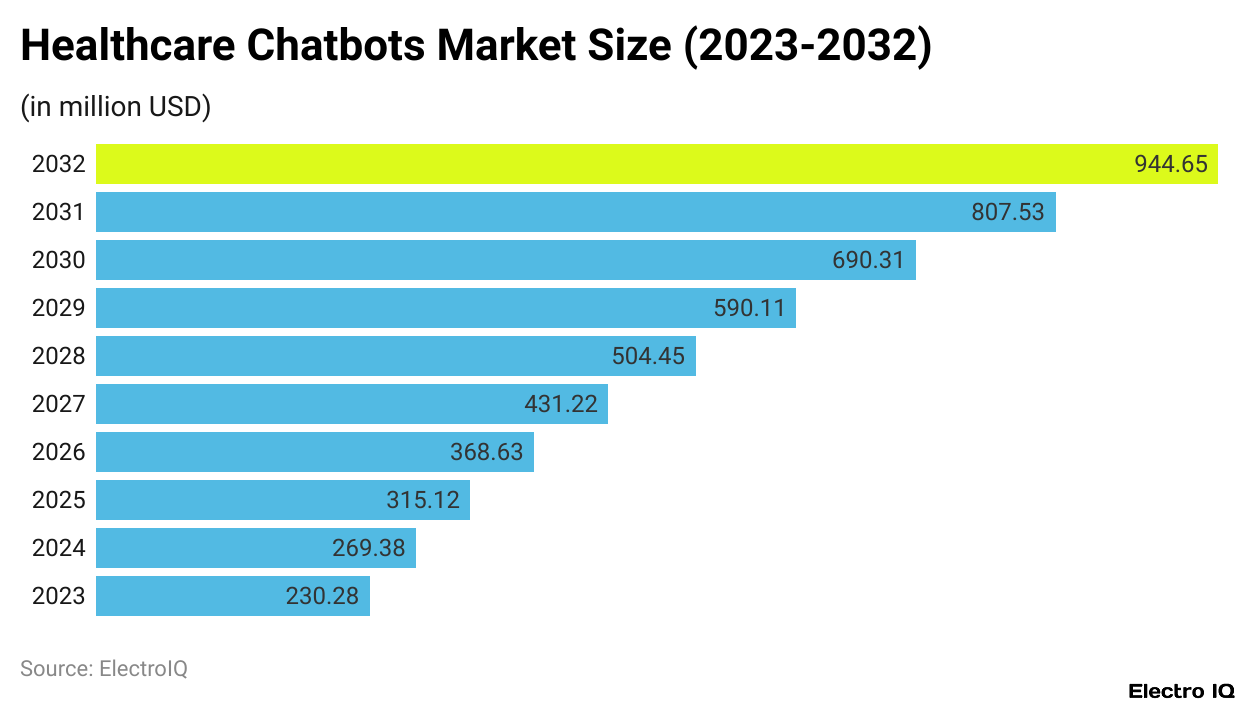
(Reference: appinventiv.com)
- The healthcare chatbot industry has experienced a significant increase in the last decade, and the trend is still rising in value.
- According to healthcare chatbot statistics, in 2023, it has been estimated around US$230.28 million, while in 2024, it goes up to US$269.38 million with the clear adoption and investment of AI-powered healthcare solutions.
- The upward trend is still to continue in the years ahead- projections are that the market is likely to reach US$315.12 million by 2025 and US$368.63 million in 2026.
- As the demand for automated healthcare solutions increases, so does the market size, which is expected to increase again to US$431.22 million in 2027. In 2028, it is expected that the valuation will scale greater heights by surpassing the half-a-thousand mark as it is expected to reach US$504.45 million, still reflecting a strong compound annual growth rate.
- The market value for the year 2029 is expected to rise to US$590.11 million. This is expected to increase to US$690.31 million in 2030.
- Among the hallmarks of the times is the increasing reliance on chatbot technology as far as patient engagement, administrative business, and telehealth support are concerned.
- The increase continues in the year 2031 when the market is projected to rise to US$807.53 million in value.
- Healthcare chatbot statistics state that it will rise even further by 2032 to reach a valuation of US$944.65 million, then coming close to the billion-dollar statistics.
- All this growth is rooted in advancing artificial intelligence, increasing digitization of healthcare, and trying to meet the growing demand for better solutions for patient care that are efficient and cost-effective.
- For these reasons, the future of digital healthcare is expected to grow through cloud-based and AI-enabled solutions adopted by hospitals, clinics, and even single patients.
Healthcare Chatbot Cost And Administration
- Healthcare chatbot statistics indicate that one of the growing e-commerce sectors one observes is the popular use of AI chatbots in the healthcare industry, which expects to increase its market from 196 million dollars in 2022 to approximately 1.2 billion dollars by 2032.
- The rates for integrating a medical chatbot into a website differ; for instance, a certain company charges its customers between US$149-US$400 a month.
- The cost of developing an AI-based healthcare chatbot from scratch varies between US$15,000 and over US$100,000, depending on the complexity and features that one incorporates into the chatbot.
- In different business models for adopting a digital chatbot, one can find the freemium model, in which access to the basic service is free, whereas features for access beyond that are paid for.
- In other instances, the deduction of fees takes place when health professionals prescribe these chatbots to their patients and cover the costs through insurance or direct license using the technology from its producer for practitioner purposes.
- Cost savings and maximization by some healthcare organizations using chatbots are among the major advantages demonstrated.
- For users, this access greatly enhances their ability to obtain information via chatbots rather than medical professionals, thus reducing the amount of time they would otherwise have to wait to visit or receive an answer to a health question from a healthcare provider.
- In addition, this access limits interruptions from having to clear work or find someone to care for children.
- Chatbots are faster and simpler than traditional portals in accessing patients’ information or consultations through telehealth systems.
- Fewer customers in the facility help keep healthcare providers at reduced costs as some of the patients patronize the other services offered by the same healthcare provider through virtual visits.
- These are the key resource optimization benefits for healthcare professionals that pending generations of chatbots might offer more efficiently.
Leading Chatbots AI Startups Worldwide
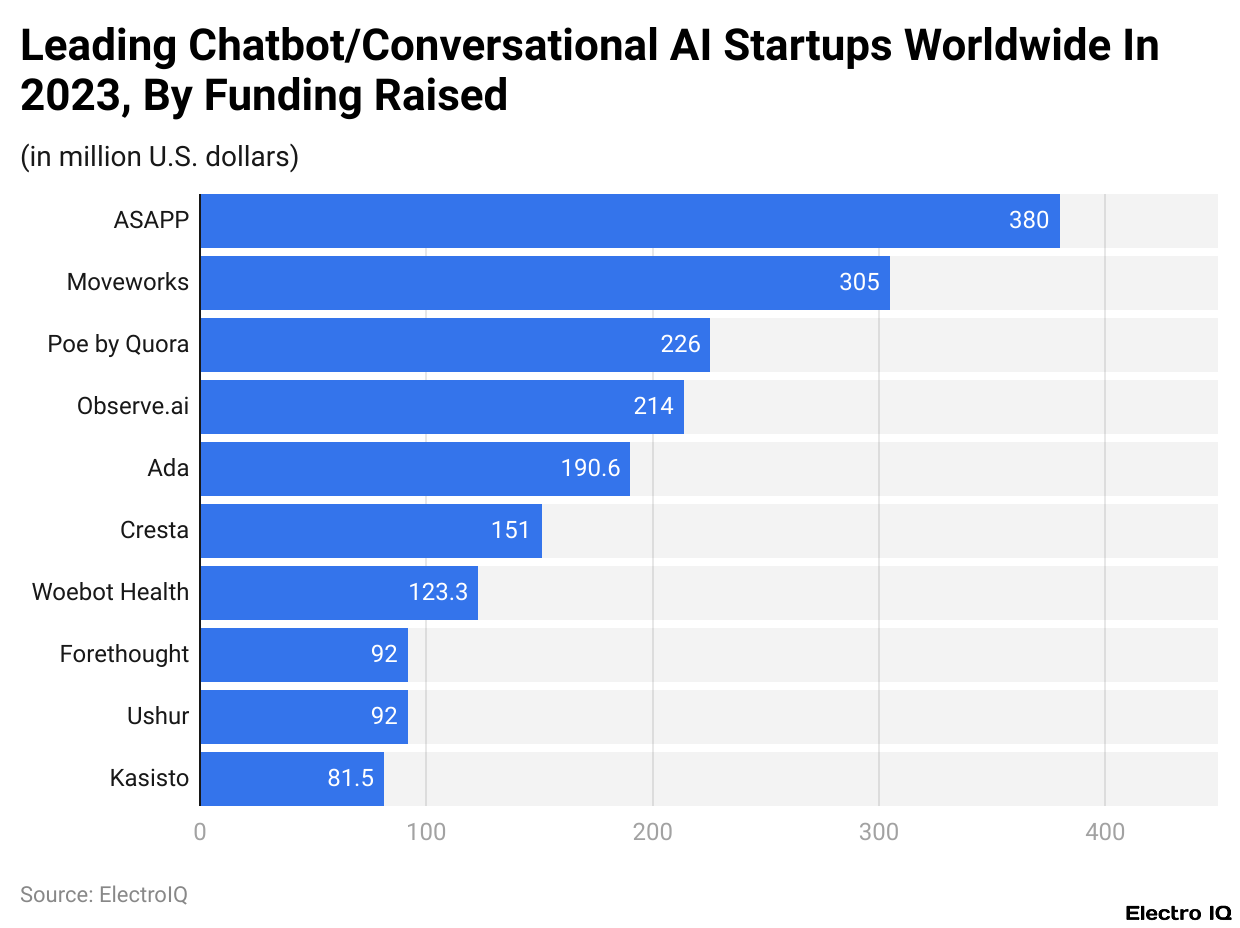 (Reference: statista.com)
(Reference: statista.com)
- Healthcare chatbot statistics figures of December 2023, ASAPP became the world’s highest-funded chatbot and conversational AI company with an approximate funding of US$380 million.
- For comparison, the next-best company in the sector raised just above US$300 million. There are different types of chatbots: menu-based, keyword-based, social messaging, and voice bots.
- Much talked about chatbots include Netomi, atSpoke, and ChatGPT, all fronting bright new possibilities into the future of human interaction-inspired machines, with a specific emphasis on the latter, which was released into public consumption in November 2022.
- Artificial intelligence can be defined as the ability of machines or computer systems to perform or reproduce services such as human competencies, such as learning through experience to process languages, solve problems, or make decisions.
- Indeed, the market of AI is growing at such a pace that it is of interest to every possible company or startup nowadays. The names that ring a bell in AI are IBM, Microsoft, and Tencent, the latter boasting the biggest arsenal of AI and machine learning patent families.
Chatbots Used By Industry
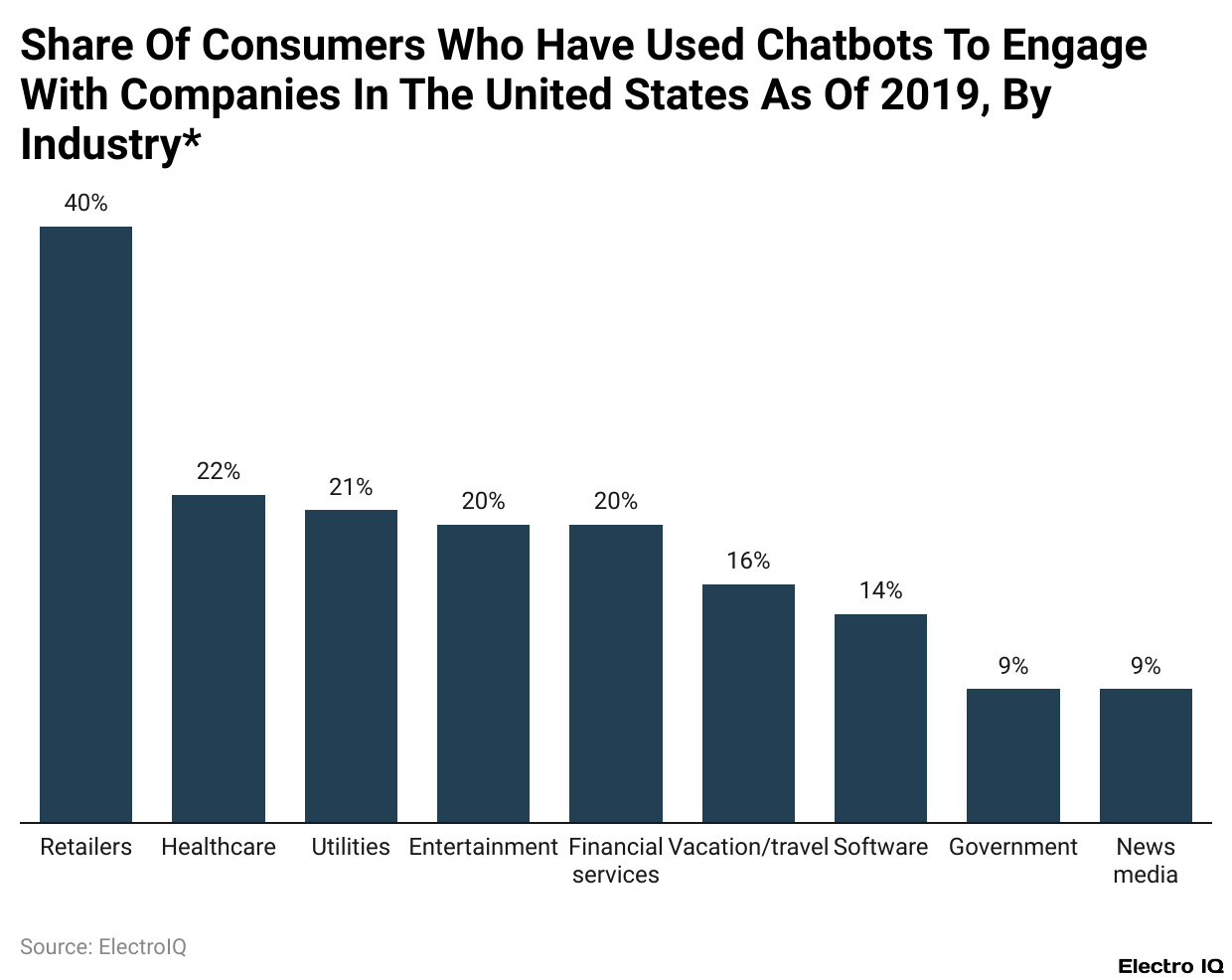
(Reference: ventionteams.com)
- Various sectors adopt and integrate chatbots to automate and render customer services more efficient.
- Healthcare chatbot statistics reveal that the most affected industry is retail, where 40% of retail companies are using chatbots to better assist customers in recommendation, shopping, and general personalized assistance.
- The second industry is healthcare, at 22%, with chatbots that engage patients, check their symptoms, and schedule appointments.
- Utilities come in third, with a 21% utilization of chatbots for billing inquiries, service requests, and outage updates.
- At a 20% adoption rate, entertainment is where chatbots help readers-spectators-get internal updates on events and recommend content.
- Financial services are at 20% as well because these services make use of chatbots for banking inquiries, fraud detection, and account management.
- Travel and vacation have an adoption rate of 16%, with chatbots assisting users in flight and hotel bookings and planning itineraries.
- The software industry adopts chatbots up to 14%, most with technical support and assistance. The government, in keeping with the trend toward new media, has a 9% adoption rate, much like news media; for its part, the government will train public information services with chatbots.
- The government bot will be used by news organizations to automatically deliver news and engage with the audience.
- Healthcare chatbot statistics showcase how AI chatbots increasingly empower industries in building communication and operational efficiencies.
Clinical Use Of Chatbots To Manage Treatment By Region
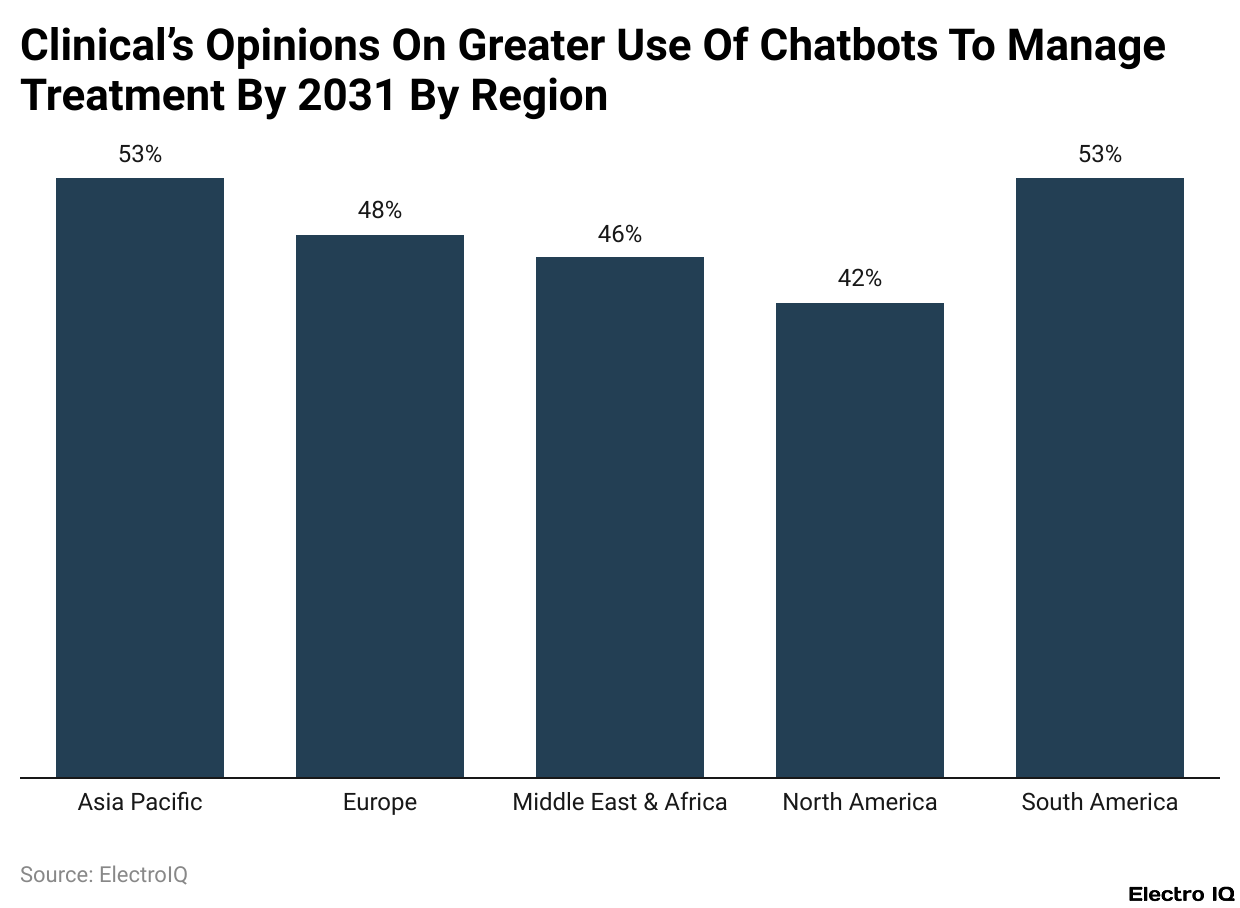
(Reference: ventionteams.com)
- By the year 2031, many healthcare professionals are anticipating a significant increase in patients using chatbots to manage treatment.
- Healthcare chatbot statistics state that 48% of clinicians in Europe predict this increase, which marks a noticeable acceptance of such AI-powered interventions in healthcare.
- Adoption is steady in North America, where 42% of clinicians predict a similar trend.
- There are even higher expectations in South America and Asia-Pacific regions, with 53% of clinicians from the two areas expecting significant uptake of chatbots for patient care.
- Thus, these expectations tend to prove the growing role of AI in healthcare as more patients approach chatbots for assistance with treatment management, symptom tracking, and general medical advice.
Clinical Use Of Chatbots To Manage Treatment By Country
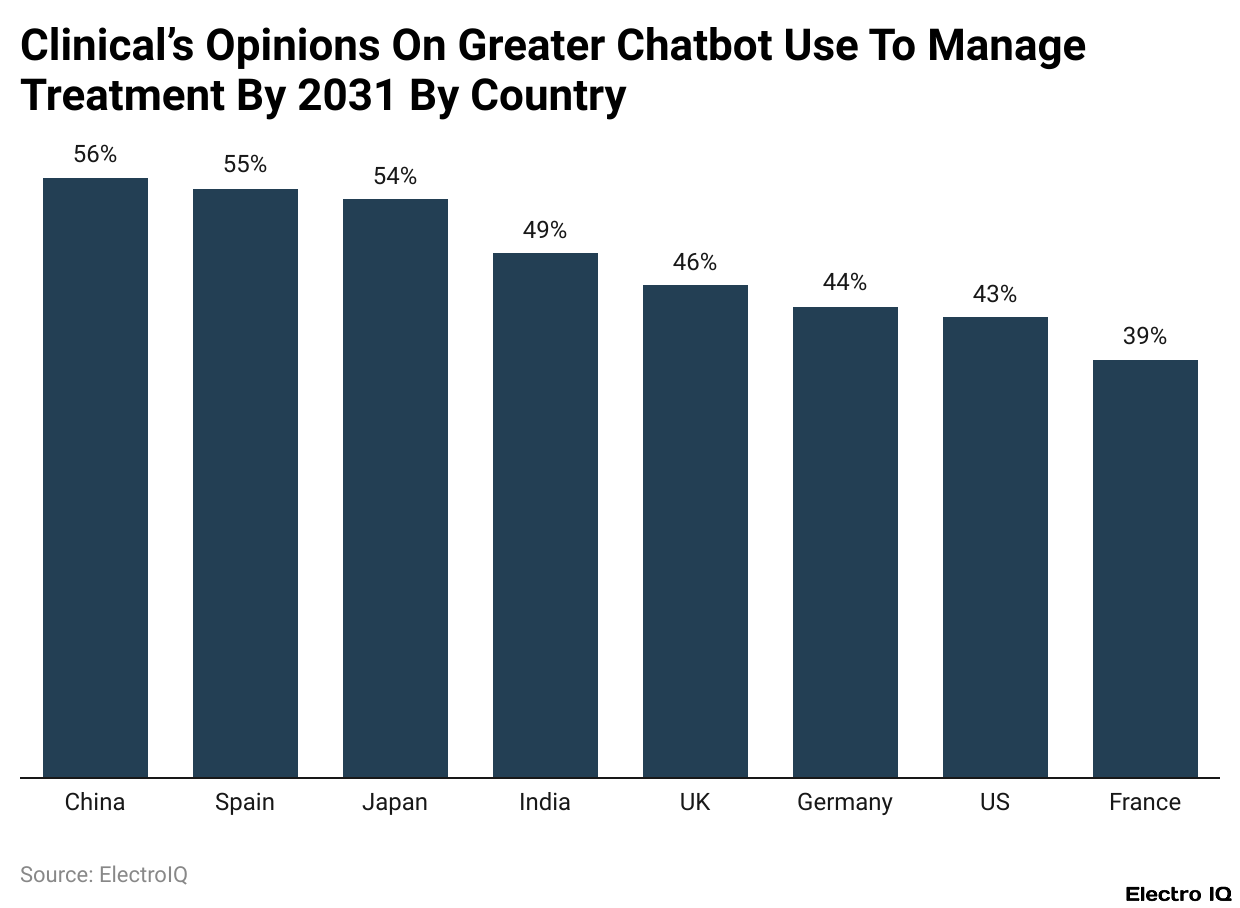
(Reference: ventionteams.com)
- According to healthcare chatbot statistics, Clinicians in different countries increasingly recognize chatbots in the context of patient care, with China, Spain, and Japan currently revealing the most promising adoption by the year 2031 for implementation in treatment management.
- In China, 56% of clinicians believe that much more of their patients will rely on chatbots to manage their healthcare needs.
- Indeed, the rapid improvement of AI, along with the increasing global acceptance of digital health and government support towards smart healthcare technologies within the country, probably drives such optimistic dispositions.
- These translate into expectations by 55% of practitioners in Spain that patients will likely start using chatbots mostly for treatment.
- As the country has made an effort to be AI-integrated into its healthcare system, efficiently taking care of patients and providing more access, this fosters the idea that chatbots will hold a very significant role in enhancing patient engagement and self-management.
- Japan is not so different from the above-stated nations, with the same 54% endorsement by clinicians. It is also leading this innovation in health through AI.
- Chatbots for health management, thus, become a viable, supportive approach in a routine consultative manner for reminders of medication intake, monitoring, and remote reviewing of patient progress.
- The increasing degree of confidence among these countries is also an extension of the phenomenon of the digitalization of healthcare in general, as it indicates growing recognition and acceptance of AI-powered chatbots as a necessary tool to improve patient autonomy, relieve healthcare professionals’ workload, and enhance efficiency between the medical services.
Usage Of Chatbots
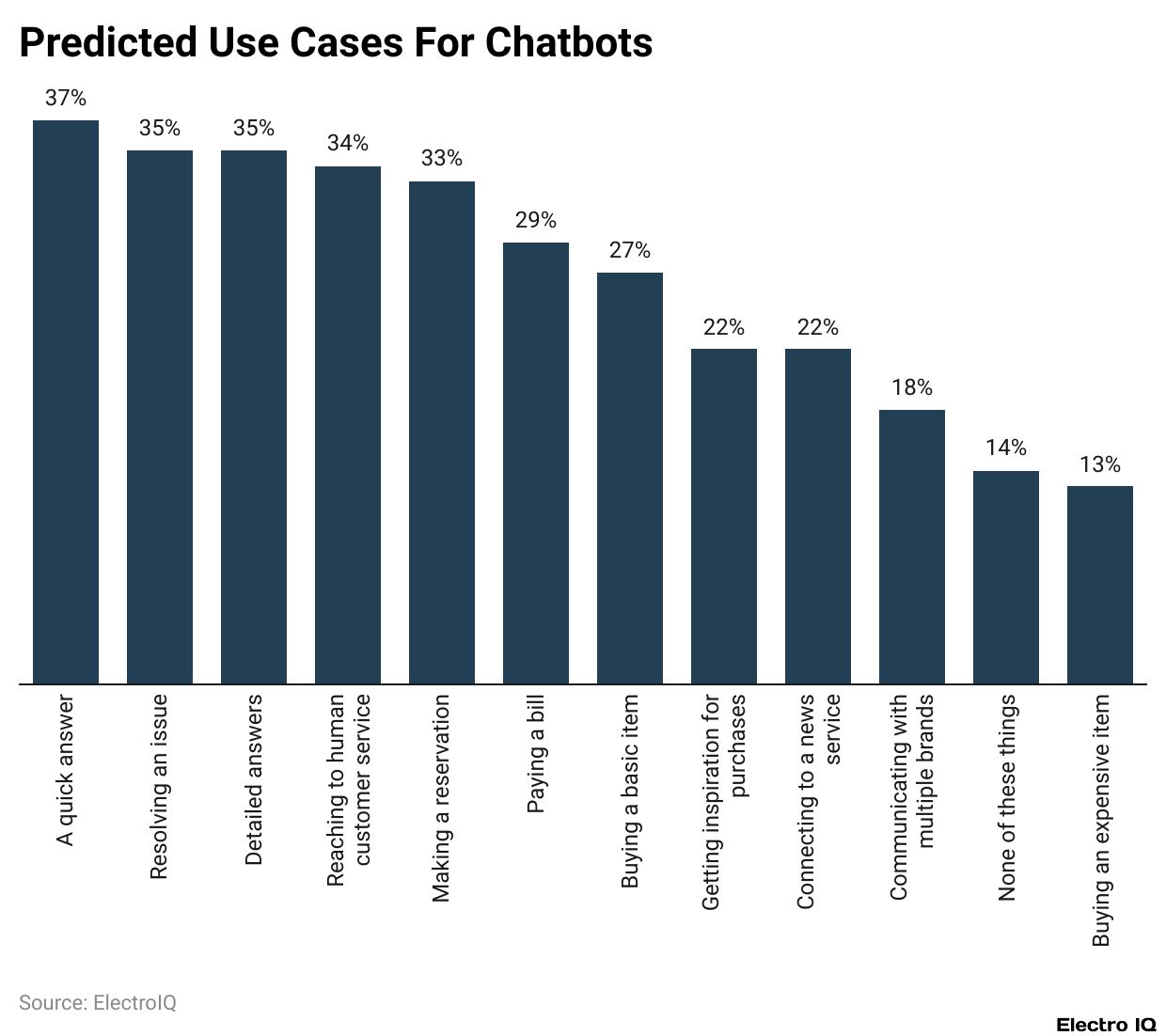
(Reference: ventionteams.com)
- Healthcare chatbot statistics show that the most common use for chatbots is receiving quick answers, with 37% of all users employing this type.
- Use chatbots for solving problems 35% of users, while detailed answers to queries comprise 35% of other usage brands.
- Another prominent case of the use of chatbots is connecting with human customer service. This has seen 34% of users employ this type of service.
- Making a reservation is another common function, with 33% of users engaging chatbots for scheduling.
- Paying bills through chatbots is used by 29%, providing a convenient and time-saving alternative to traditional payment methods.
- Some users interact with chatbots for shopping purposes, with 27% using them to purchase basic items.
- Another usage scenario is getting ideas for purchases, and in this, 22% of users turn to chatbots for some recommendations.
- The same percentage, 22, reported using them to “hook up with news services,” getting the news more efficiently.
- Healthcare chatbot statistics indicate that a lesser percentage, 18%, engaged in chat with a bot to talk to several brands simultaneously. That being said, 14% of users do not use chatbots for any of these functions.
- At least often, chatbots are used to purchase expensive items. Only 13% of users will buy high-cost items with AI assistance.
Conclusion
As per healthcare chatbot statistics, the year 2025 became a turning point for the increasing market value and use of healthcare chatbots by healthcare professionals and patients.
As with any technology, there will be challenges to ensure that chatbots are effective, safe, and compassionate instruments in healthcare delivery.
Sources
FAQ.
The healthcare chatbot industry is booming at high speed, moving forward from US$230.28 million in 2023 to US$269.38 million in 2024. It can reach US$944.65 million by 2032. The increase will be propelled by advances in AI, the adoption of digital healthcare, and the rising demand for patient engagement automation.
A subscription to a medical chatbot can cost anywhere from US$149 to US$400 a month, whereas building it from scratch would cost anything from US$15,000 to over US$100,000 based on the complexity and features.
- Most Chatbot Adoption by Industry
Retail has come on top with 40%, named for adopting chatbots; on the other hand, sectors such as utilities (21%) and health care take up 22% share. The rest consists of entertainment, financial service, travel, and government, using chatbots for myriad specific applications, including customer service, billing, and appointment scheduling.
Healthcare chatbots help with symptom checking, appointment booking, reminders on medication intake, and answering general queries about health issues. They further enhance access to healthcare 24/7, decrease waiting time, and deliver optimised resource use for the health providers.
By the year 2031, the highest approval of confidence in healthcare online treatments through chatbots is anticipated to be in China (56%), followed by Spain (55%) and Japan (54%). In addition, clinicians from South America (53%) and the Asia-Pacific region (53%) are predicting significant chatbot use in managing care for patients.

Maitrayee Dey has a background in Electrical Engineering and has worked in various technical roles before transitioning to writing. Specializing in technology and Artificial Intelligence, she has served as an Academic Research Analyst and Freelance Writer, particularly focusing on education and healthcare in Australia. Maitrayee's lifelong passions for writing and painting led her to pursue a full-time writing career. She is also the creator of a cooking YouTube channel, where she shares her culinary adventures. At Smartphone Thoughts, Maitrayee brings her expertise in technology to provide in-depth smartphone reviews and app-related statistics, making complex topics easy to understand for all readers.

